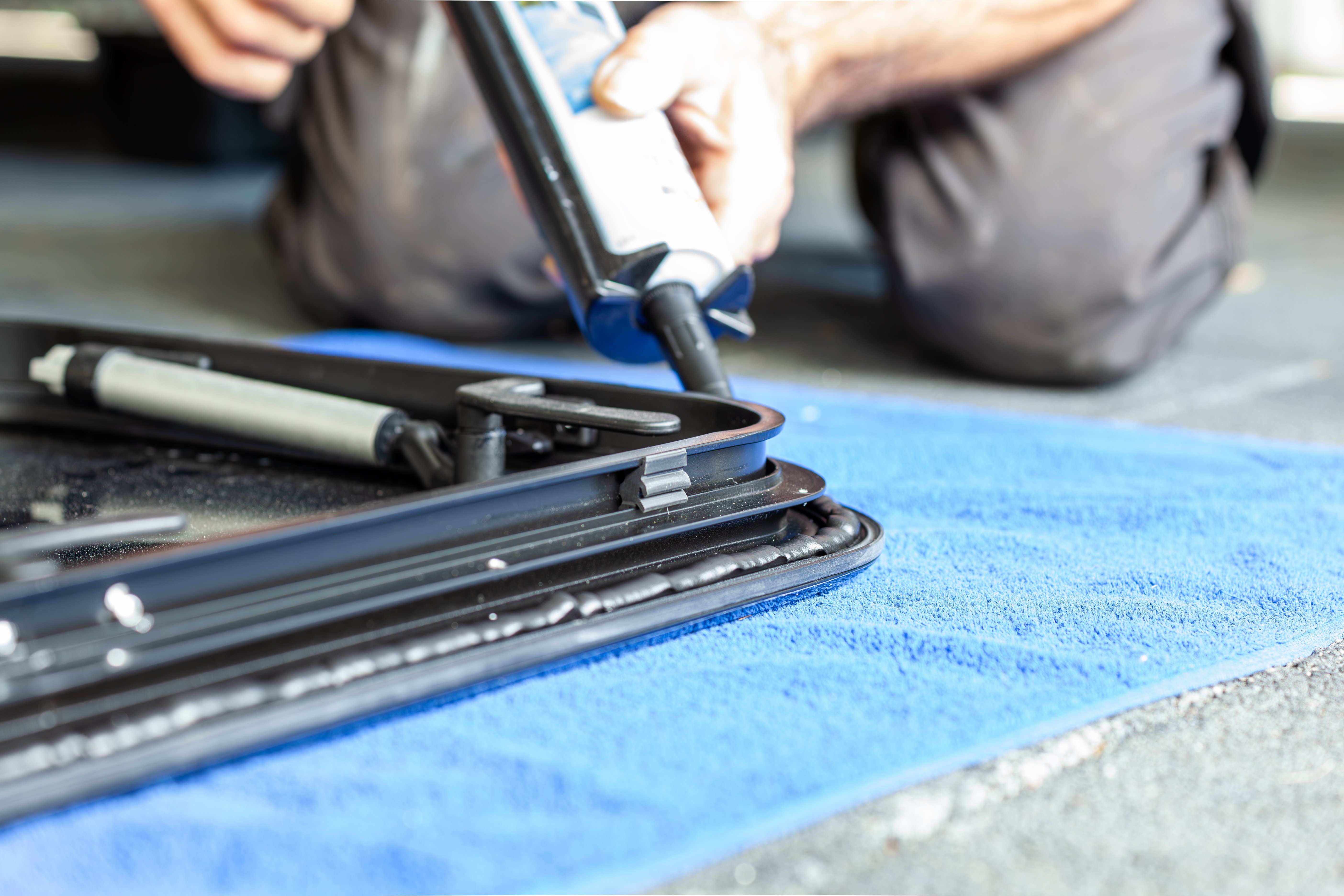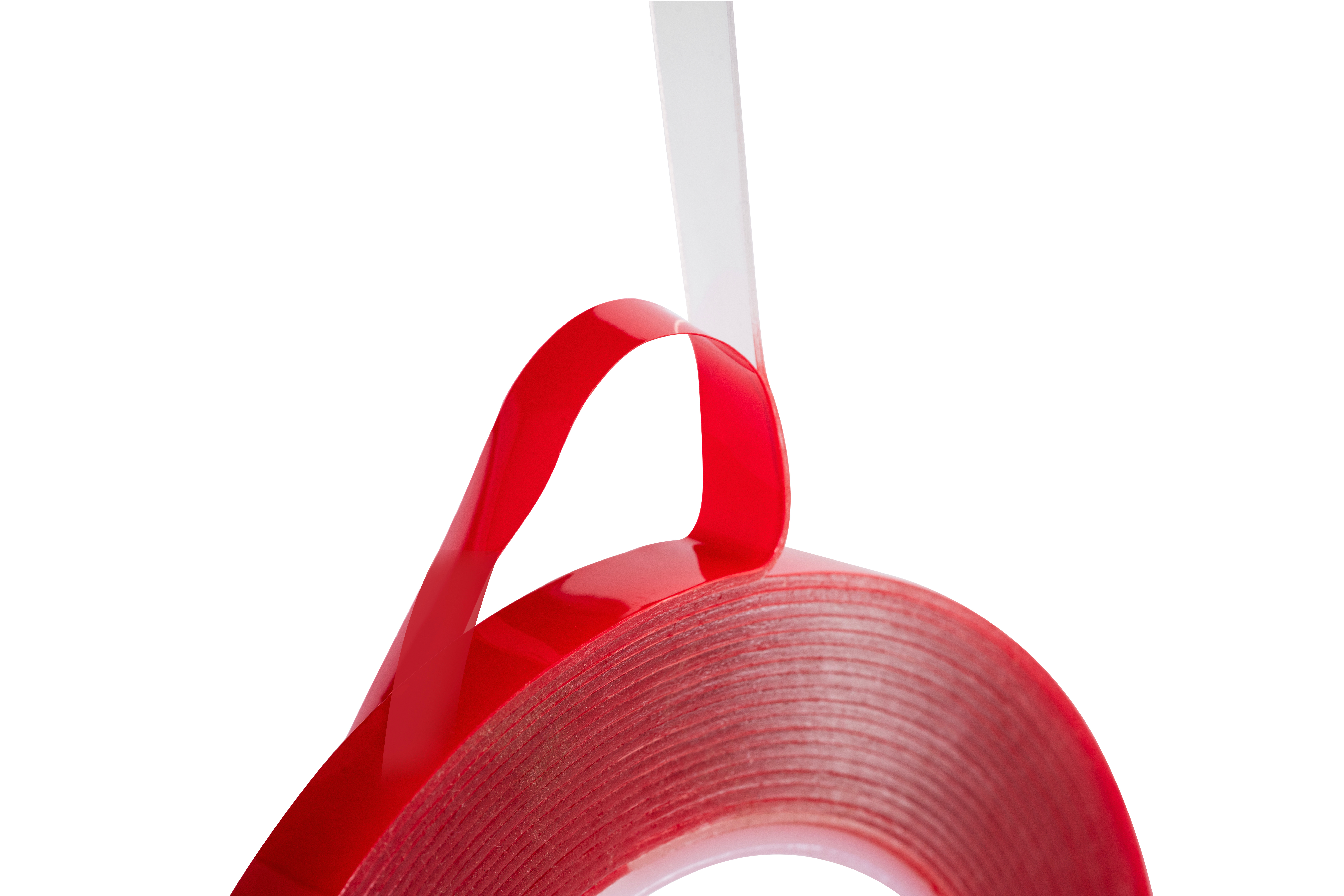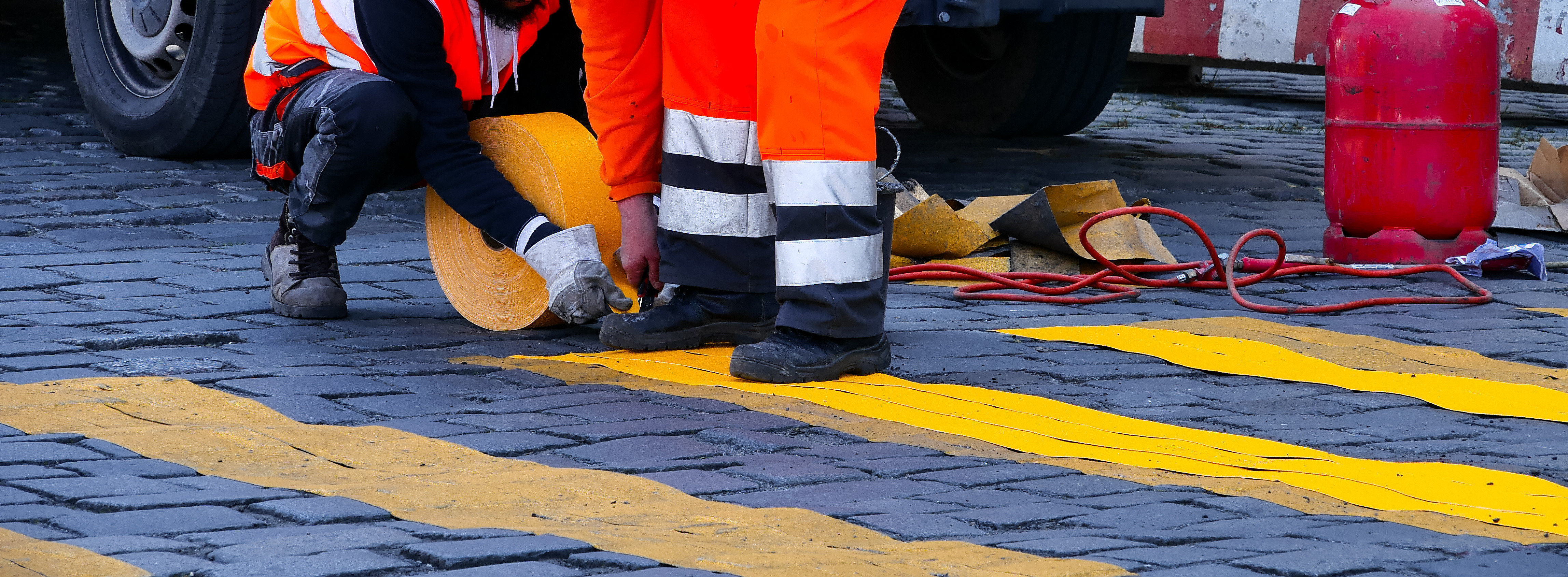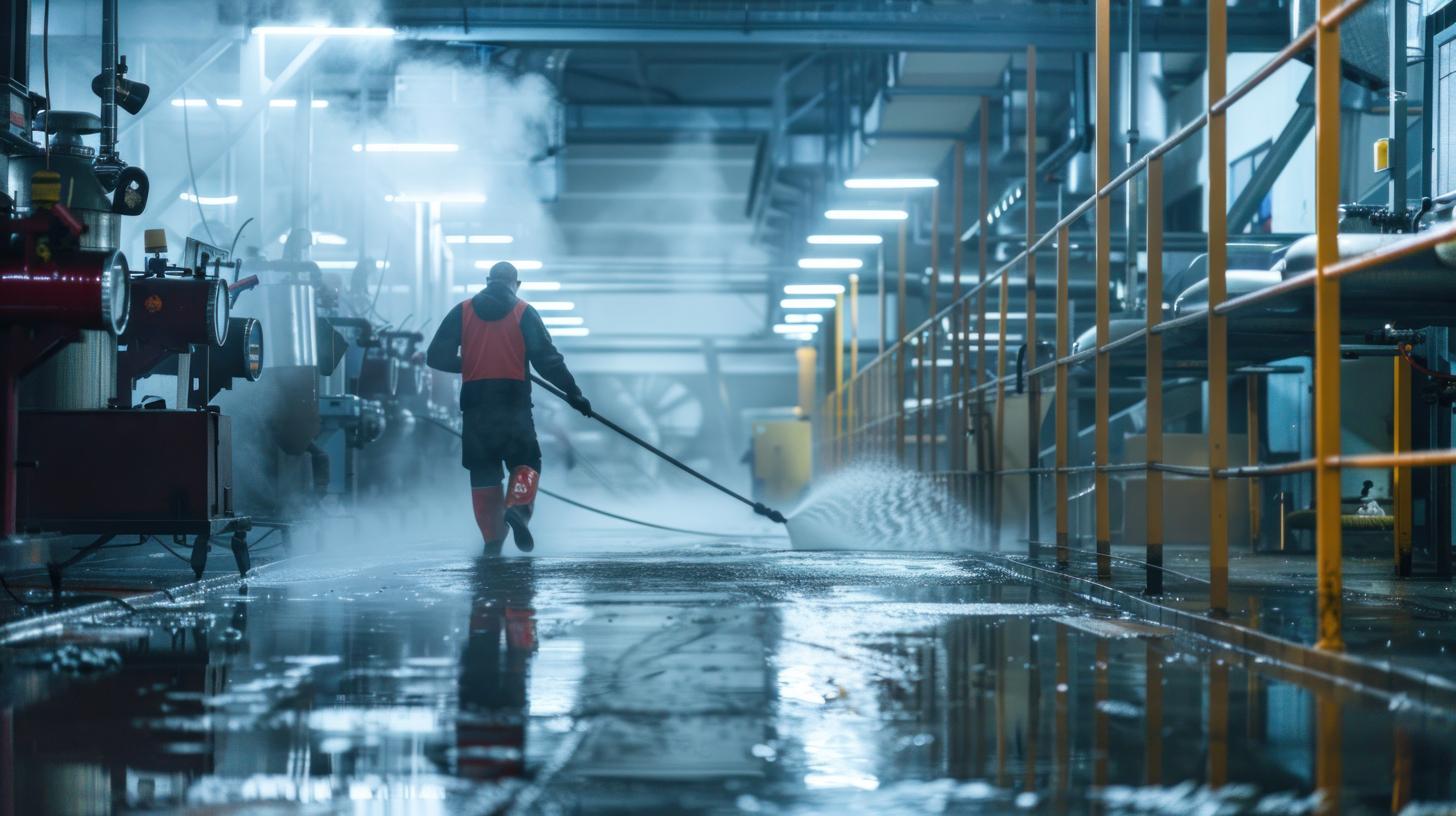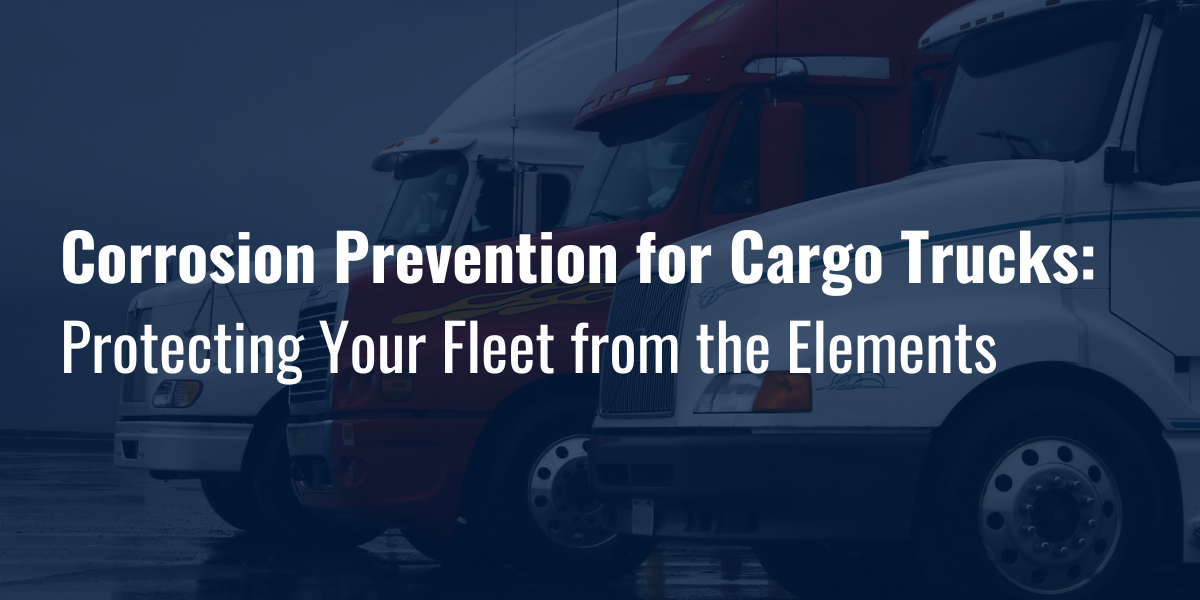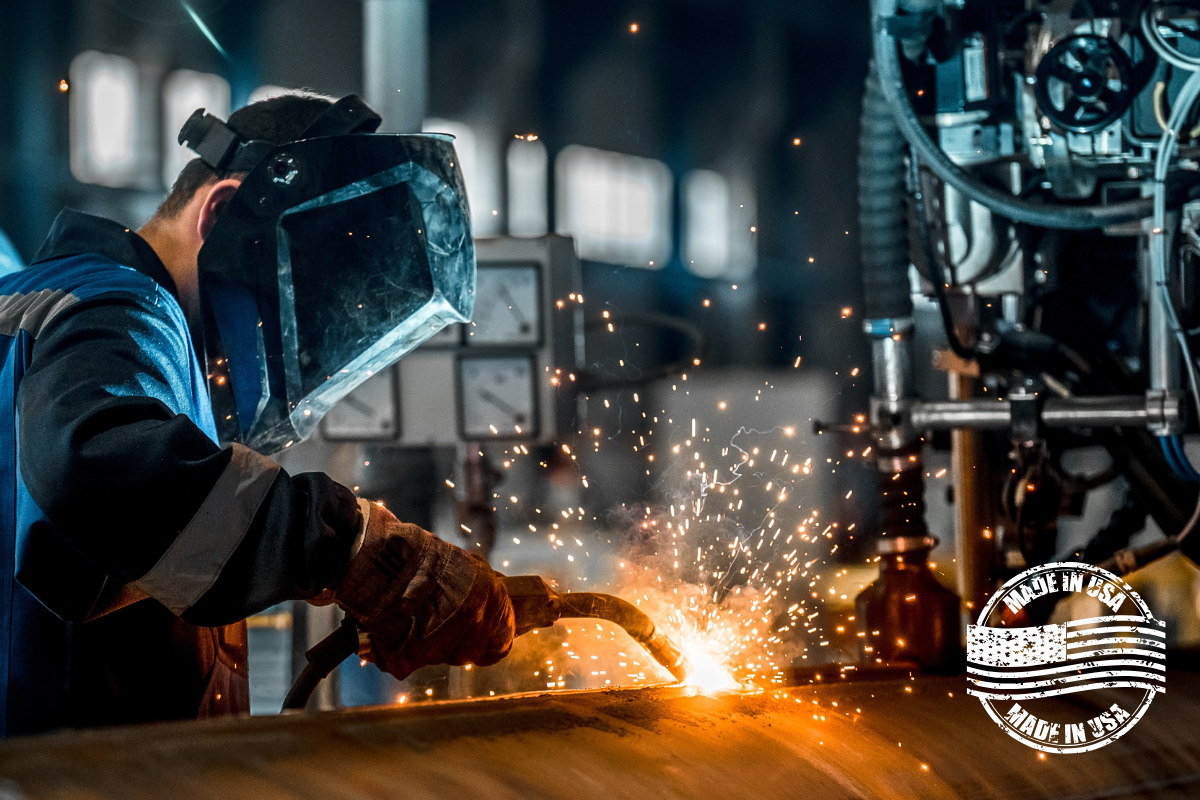Adhesives vs. Mechanical Fasteners: Choosing the Right Solution for the Job
Topics: Blind Rivets, adhesives,sealants,chemicals
The Strategic Role of Chemical Products in Bus and RV Manufacturing
Topics: Austin Engineered Solutions™, rv, adhesives,sealants,chemicals, Bus & Motorcoach
VHB Tapes: Key Features, Benefits, and Applications for Stronger, More Durable Bonds
VHB Tapes: Key Features, Benefits, and Applications for Stronger, More Durable Bonds
Few products rival the versatility of VHB (Very High Bond) tapes for reliably and efficiently joining materials. Developed by 3M in 1980, VHB tapes have transformed how industries approach fastening and assembly. Whether constructing skyscrapers, assembling electronic devices, or enhancing vehicle designs, VHB tapes provide a clean and robust bond. They can complement or even substitute mechanical fasteners and liquid adhesives in specific applications.
Key features of VHB tapes include high bond strength, flexibility and conformability, weather and chemical resistance, a clean appearance, and user-friendliness.
VHB tapes create strong, permanent bonds. They can join various materials—such as metals, plastics, and glass—with strength comparable to rivets, welds, and screws. The foam-like structure allows VHB tape to absorb shock and vibration. It also conforms to uneven surfaces, ensuring complete contact and a consistent bond.
Topics: adhesives,sealants,chemicals
Enhancing Acoustic Performance in Truck Bodies and Trailers with Chemical Solutions
Enhancing Acoustic Performance in Truck Bodies and Trailers with Chemical Solutions
The truck body and trailer industry has traditionally focused on enhancing durability, aerodynamics, and fuel efficiency. However, an increasingly significant aspect of vehicle design is acoustic performance. Reducing noise improves driver comfort, decreases noise pollution, and protects cargo. To achieve these acoustic enhancements, manufacturers now utilize advanced products specifically designed to dampen, absorb, and insulate against sound.
Benefits of Acoustic Enhancements in Truck and Trailer Design
Investing in acoustic solutions products offers several significant benefits, including improved driver comfort and enhanced cargo protection. Lowering in-cabin noise levels helps reduce fatigue, improving the driver’s comfort and overall driving experience. Additionally, reducing vibrations protects fragile or noise-sensitive goods, such as electronics, glassware, and livestock, from damage.
Topics: trucks, adhesives,sealants,chemicals
Boost Safety with Non-Skid Tapes: Essential Uses in Manufacturing & Transportation
Boost Safety with Non-Skid Tapes: Essential Uses in Manufacturing & Transportation
Safety remains a top priority in transportation and industrial environments. An often overlooked yet essential safety tool is non-skid tape. This adhesive-backed material is designed to prevent slips and falls, ensuring the safety of workers, passengers, and operators in high-risk areas. In this blog, we’ll explore what non-skid tapes are, their benefits, applications, and tips for selecting the right tape for your needs.
Topics: chemicals, adhesives,sealants,chemicals
Protect Your Assets: The Importance of ECK Corrosion Protection in Winter
Protect Your Assets: The Importance of ECK Corrosion Protection in Winter
Winter introduces freezing temperatures, snow, and road salt—factors that create the perfect storm for metal corrosion. Vehicles, machinery, and infrastructure are at heightened risk of rust and degradation during this season. ECK Complete Corrosion Protection, a trusted anti-corrosion solution, offers an essential defense against these challenges. Discover why investing in ECK can safeguard your assets and extend their lifespan.
Topics: adhesives,sealants,chemicals, eck
Structural Adhesives in the Transportation Industry and Beyond
Structural Adhesives in the Transportation Industry and Beyond: Optimizing Strength, Durability, and Efficiency
Structural adhesives are revolutionizing the manufacturing industry by providing superior strength, durability, and versatility compared to traditional fastening methods like bolts and welding. As their usage continues to grow, these adhesives are transforming the transportation sector and beyond. This post delves into the significance, applications, and benefits of structural adhesives, focusing on the automotive, truck, aerospace, marine, and rail industries.
Topics: adhesives, adhesives,sealants,chemicals, Marine Industry, Bus & Motorcoach, Renewable Energy
The Importance and Application of Underbody Coatings for Trucks.
Topics: Trailers, trucks, adhesives,sealants,chemicals, eck
Understanding Types of Industrial Cleaning Products and Their Applications
Understanding Types of Industrial Cleaning Products and Their Applications
Industrial cleaning products come in various forms, each tailored to specific cleaning challenges. Choosing the right product depends on the industry, the type of contaminants involved, and the materials being cleaned. Here’s a breakdown of the main types of industrial cleaning products and their applications
Topics: chemicals, adhesives,sealants,chemicals
Corrosion Prevention for Cargo Trucks: Protecting Your Fleet from the Elements
Corrosion Prevention for Cargo Trucks: Protecting Your Fleet from the Elements
Corrosion is one of the most significant threats to the longevity and performance of cargo trucks. Whether you manage a large fleet or a single truck, exposure to the elements, road salts, and chemicals can lead to rust, deterioration, and costly repairs. Preventing corrosion is essential for maintaining your vehicle's appearance and ensuring structural integrity, safety, and efficiency.
Topics: trucks, adhesives,sealants,chemicals, eck


